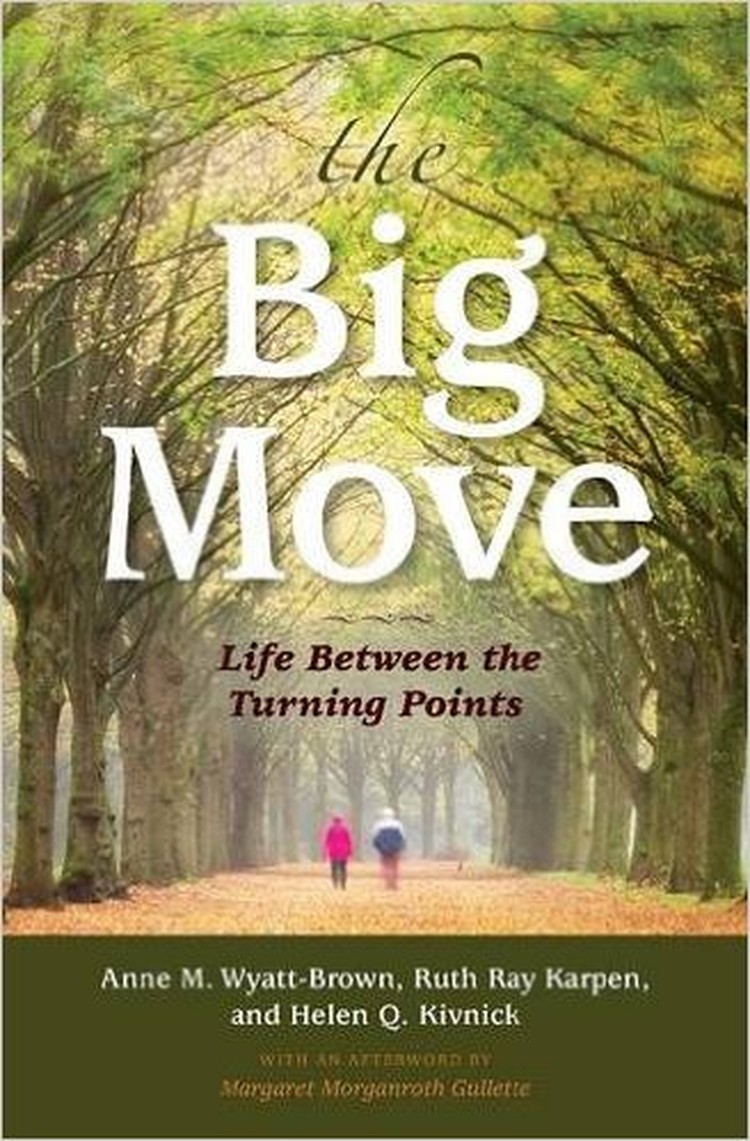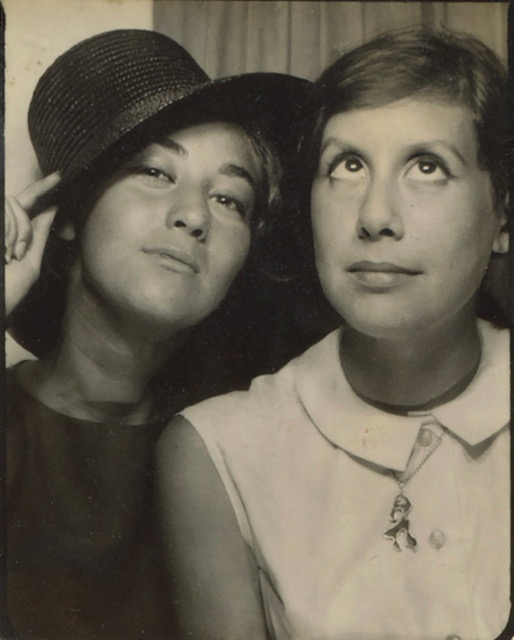On surveys, most older Americans say they want to age in place: to stay right where they are in the home they’ve lived in for years. Whenever I hear that, I wonder whether they realize just how difficult that can become. As time passes, house and yard maintenance begin to seem overwhelming; stairs can become impossible to climb. Friends move away or die, and once you have to stop driving, isolation looms.
With all that in mind and some problems already beginning, in 2006 my husband and I left the house we’d lived in for more than 30 years for an apartment in a continuing care retirement community (CCRC). He has since died, but I’m still here in what’s called “independent living.” For my monthly fee, I get one meal a day and lots of other services—for instance, I don’t have to worry about it when the roof needs repair, and if my microwave stops working, management replaces it in no time.
In the future, if I develop medical problems and can no longer manage on my own, I can move to assisted living in a nearby building where there’s also a skilled nursing section. That’s why this is called “continuing care.” Whatever happens, I can age in place right here.
It’s true, though, that it was wrenching to leave the house and community we loved and to adapt to a very different lifestyle. During the first days and weeks, we said to each other more than once, “What have we done? Do we really belong here?”
All this came back to me as I was reading The Big Move: Life Between the Turning Points (2016) by Anne M. Wyatt-Brown, Ruth Ray Karpen and Helen Q. Kivnick. If you want to know in detail what it’s like to live in a continuing care community, read this slender volume. The core of it is the story of how Wyatt-Brown, a retired linguistics professor and gerontologist, moved into a CCRC with her husband, a historian.
Bert Wyatt Brown was already seriously ill when they made their Big Move, but Anne was healthy and just 71. When she heard how old the other residents were (average age, 85), she joked that as a gerontologist, she could study them. She admitted later that initially she wasn’t thrilled to be living among people she thought of as “the old-old.”
In her narrative, Wyatt-Brown adds up the pluses and minuses of her new life. Among the pluses: her building’s elevators made her husband’s life much easier, and medical advice was available right on the premises. What was even more important, before long they made a number of good, new friends.
On the downside, Wyatt-Brown was aware that just living in such a place can stigmatize you in the eyes of outsiders—it’s the ultimate acknowledgement that you’re old. She also felt uncomfortable at times because many other residents used walkers or wheelchairs. When she looked around, this must have seemed like an unwelcome preview of her own probable future (I know it seemed that way to me).
It took time for her to learn how to look past the disabilities of some of her neighbors to recognize that they were still just like her, with hopes and dreams and a past they could dip into to tell fascinating stories. Gradually, she stopped feeling like an observer and became part of the community. The story of her transformation forms the core of the book, which is a collaboration among four women; the other three comment on Wyatt-Brown’s narrative.
Karpen, a feminist gerontologist, discusses that narrative in the light of feminist ethics and what it means to care for others. Social psychologist Kivnick describes the qualities Wyatt-Brown had developed, starting in childhood, that helped her adjust to the Big Move—a highly stressful turning point for anyone in later life.
Culture critic Margaret Morganroth Gullette, whose books argue that our experience of aging is dictated more by our ageist culture than by our biology—and who blogs for SCF—contributes an afterword. Among many other things, she writes that:
Many of us in the midlife cohorts are stubbornly behaving as if we could remain outsiders [to old age] forever. I can’t help recalling Ian, a character in Anne Tyler’s 1991 novel, Saint Maybe. A man of scarcely 40, Ian suddenly feels in a bar that he was very likely the oldest person present: “He looked down at the hand encircling his glass—the grainy skin on his knuckles, the gnarled veins in his forearm. How could he have assumed that old people were born that way? That age was an individual trait, like freckles or blond hair, that would never happen to him?” The sooner we figure out how to be old, wisely and kindly, as life changes us, the better off American society will be. This is precious knowledge in the era of the New Longevity.
Gullette also comments that Wyatt-Brown’s narrative made her rethink “my own unexamined determination to stay unto death in my high-maintenance, two-story Victorian house. I can now imagine circumstances in which a CCRC might be not just ‘the best available,’ a weak recommendation, but a good choice.”
The Big Move ends with an update on Wyatt-Brown’s life. Two years after she and her husband moved into their CCRC, he died. Since then, she has had a couple of health crises of her own, but she has also found, in her community, friends to go on trips with. She’s been to Africa several times as well as traveling within the United States.
Wyatt-Brown offers some good advice about the Big Move, including this: don’t delay it until some crisis overtakes you. I heartily second that. It’s harder to adapt to a move if you’re simultaneously struggling with a disability or coming to terms with the death of a spouse.
It’s tempting when you’re in late middle age to assume that your life can continue just as it is to the very end, but people are living longer all the time. It’s smart to think ahead to what kind of life you might want to lead when you’re in your 80s and 90s, when you may need an environment with fewer challenges and more support. Whether you opt for a CCRC or just move to the other side of town to be closer to your children, if you do it early enough, the Big Move can be the start of something good that goes on for years.

Flora Davis has written scores of magazine articles and is the author of five nonfiction books, including the award-winning Moving the Mountain: The Women’s Movement in America Since 1960 (1991, 1999). She currently lives in a retirement community and continues to work as a writer.



